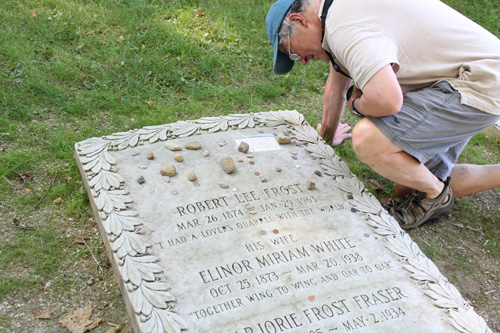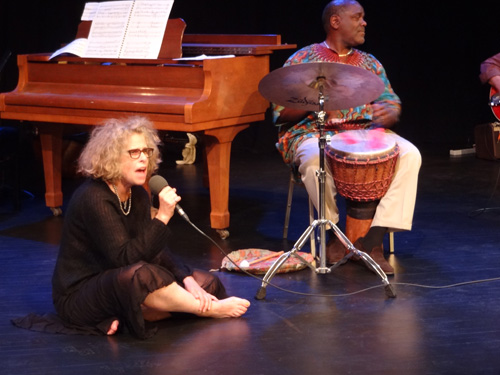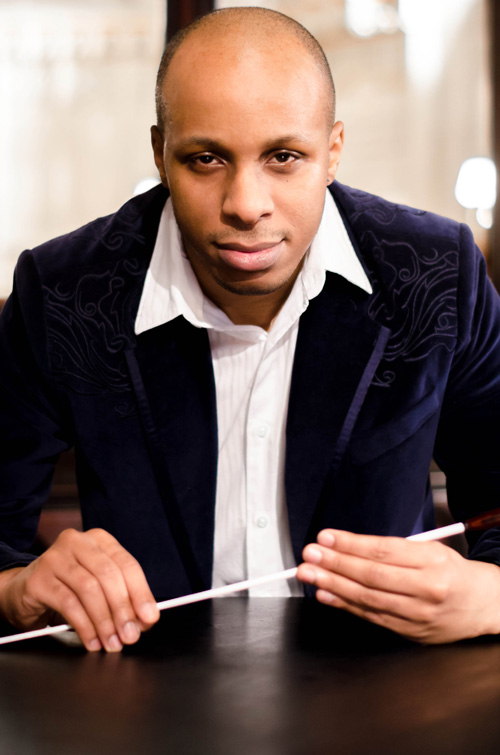Feature: Robert Frost in Bennington

Published in Berkshires Week on September 3, 2014
Original article: http://www.berkshireeagle.com/berkshiresweek/ci_26459985/whose-woods-these-are-i-think-i-know
SHAFTSBURY — Bennington County is well known for its Revolutionary War history, but it holds a significant place in literary history as well. This area is the former home of Robert Frost, as well as his permanent resting place.
In 1920, having already published his famous collection, “North of Boston” and immortal poems like “Mending Wall” and “The Road Not Taken,” Robert Frost moved with his family to a small cape house in Shaftsbury, now known as the Robert Frost Stone House Museum. Although he would eventually move to his summer home in Ripton, much of his family remained here, and after his death in 1963 Frost returned to be interred in his family plot behind the Old First Church in Old Bennington, which he bought during his time in Shaftsbury.
“He didn’t go to church there, but he knew the minister,” said Carole Thompson, director of the Stone House Museum. “The land that goes over the Frost grave used to be Route 9 — the road to Albany used to go straight down the hill, to the right of the church. Sometime they re-cut the road to where it is now, and they opened up where the roadbed was as cemetery plots.”
Frost bought two plots for his family in the summer of 1940, and those plots have become the most visited in the cemetery. Wooden signs lead visitors from the entrance to Frost’s gravesite, where visitors often leave stones or coins, which are Jewish and military traditions respectively (although Frost himself was neither).
With the Appalachian Trail passing just east of Bennington through Woodford, Frost’s grave is a favorite stopping point for literary-minded hikers. For those seeking a shorter trek, the Robert Frost Trail connects Lake Paran in North Bennington to the edge of Frost’s former property in Shaftsbury, leading to the Stone House Museum — although run independently by the Fund for North Bennington.
The first section of the trail breaks off from the Lake Paran shore trail to climb some small hills, offering views of the surrounding mountains and the Bennington Battle Monument before reaching Paran Creek, where a bridge (decked out with some benches for relaxing) continues the trail into Shaftsbury.
The final section of the trail crosses through a thick wetland, which makes that section especially buggy with mosquitos and black legged ticks, which can carry lyme disease. Accordingly, closed shoes, long pants, bug spray and careful tick checks after the hike are all highly recommended.
At the museum, the marquee exhibit fills the smaller of the two main rooms, which happens to be the dining room where Frost wrote “Stopping By the Woods on a Snowy Evening” in the early morning after an all-night writing session in June 1922: “Whose woods these are I think I know. / His house is in the village though. / He will not see me stopping here / to watch his woods fill up with snow. …”
Although the dining room table is gone (replaced with a small table built from a Red Pine tree Frost planted), the entire room is dedicated to the legendary poem, which even Frost called his “best bid for remembrance.” The walls are covered with dissections, explanations and contextual notes about the poem, highlighting its meter, rhyme scheme, meaning and more.
The larger main room of the house contains several pieces of the Frosts’ furniture, as well as exhibits on the history of the house, biographical information on Frost and his family, as well as a changing exhibit, which currently explores the role and functions of trees in Frost’s poetry.
The house itself came to Frost’s son, Carol, as a wedding present in 1923, although Robert continued living there until 1928, when he purchased another house in Shaftsbury called “The Gully” (which is now privately owned and has been significantly altered). In 2002, the Friends of Robert Frost bought the Stone House to serve as a museum. Within the past year, the house has been remodeled to return it to its Frost-era appearance, which involved renovating the roof and repainting the outdoor trim.
“In those days, the stone house had a cedar roof, and the wood trim was painted barn red. That’s what we have returned it to,” said Lea Newman of the Friends of Robert Frost. “The red brings out the iron oxide in the stone, and we think it looks like a proper New England farmhouse.”



Leave a Reply